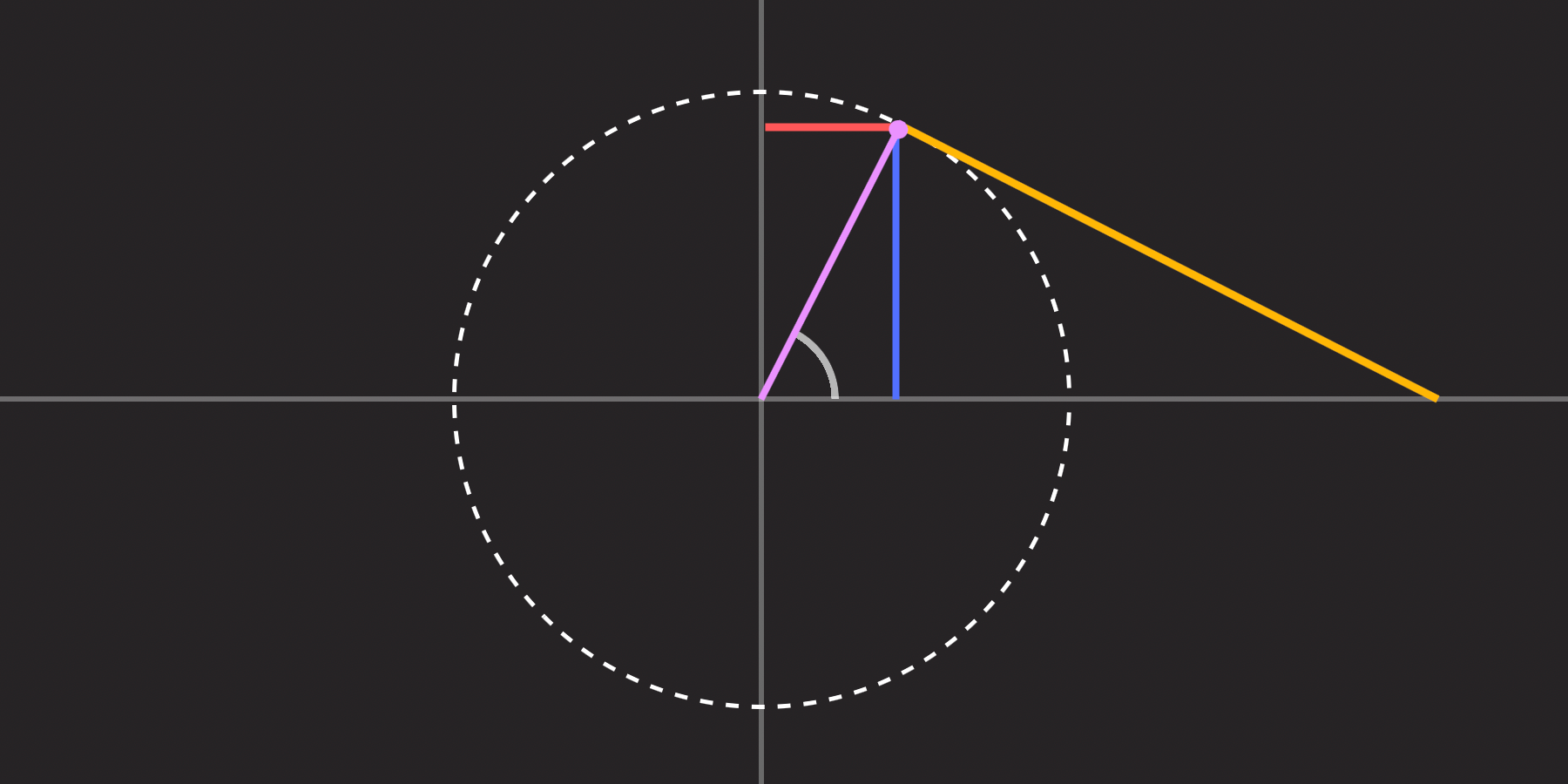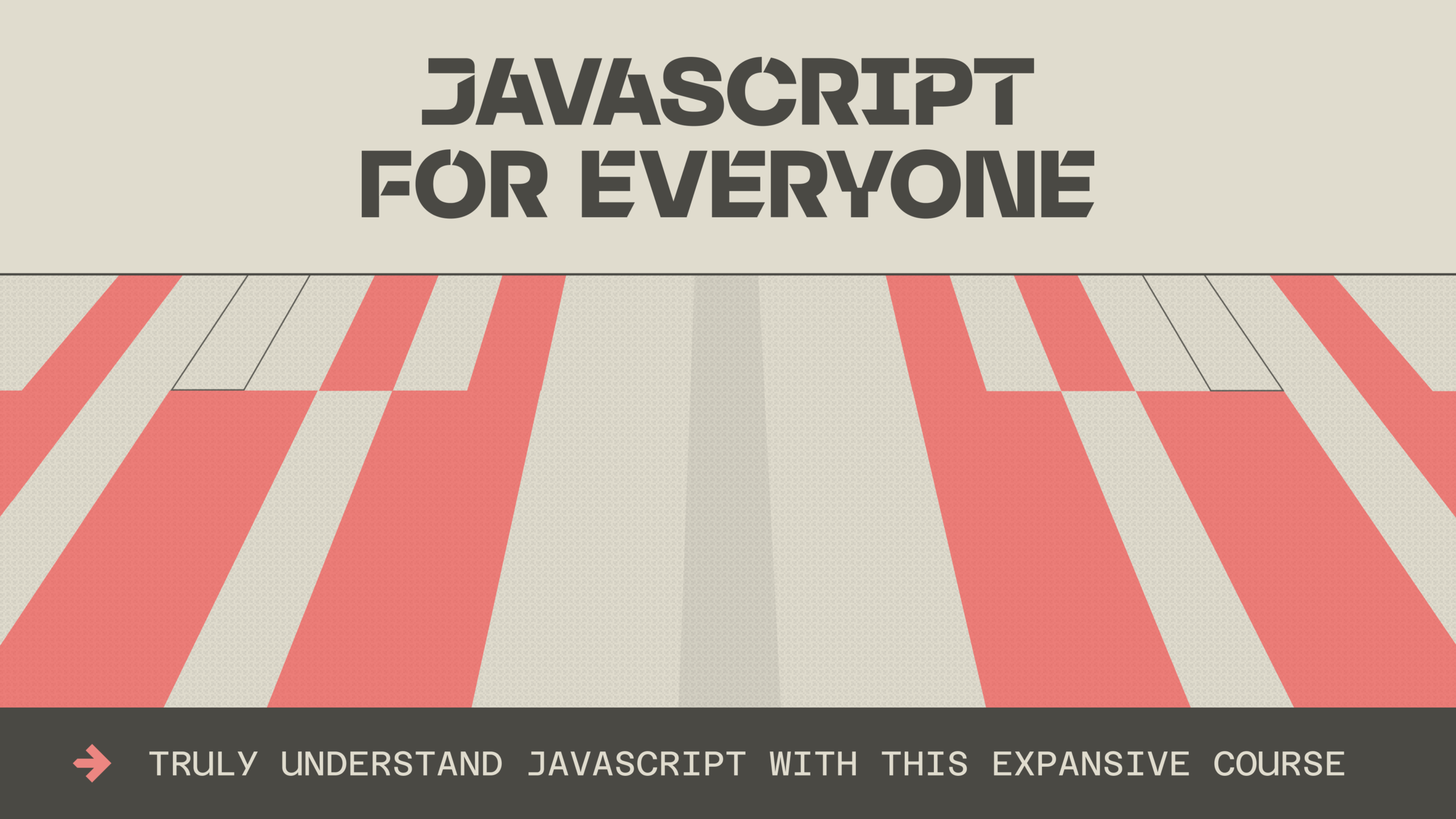CSS-Tricks
css-tricks.com/
The Range Syntax Has Come to Container Style Queries and if()
Being able to use the range syntax with container style queries — which we can do starting with Chrome 142 — means that we can compare literal numeric values as well as numeric values tokenized by custom properties or the attr() function.

Headings: Semantics, Fluidity, and Styling — Oh My!
A few links about headings that I've had stored under my top hat.

Explaining the Accessible Benefits of Using Semantic HTML Elements
Why should you use a semantic <button> instead of a generic <div>? Accessibility, right? By how exactly does it help accessibility?

The “Most Hated” CSS Feature: tan()
Last time, we discussed that, sadly, according to the State of CSS 2025 survey, trigonometric functions are deemed the "Most Hated" CSS feature.

Getting Creative With Small Screens
On mobile, people can lose their sense of context and can’t easily tell where a section begins or ends. Good small-screen design can help orient them using a variety of techniques.

Pure CSS Tabs With Details, Grid, and Subgrid
Can we use the <details> element as the foundation for a tabbed interface? Why yes, we can!

CSS Animations That Leverage the Parent-Child Relationship
When we change an element’s intrinsic sizing, its children are affected, too. This is something we can use to our advantage.

An Introduction to JavaScript Expressions
A thorough but approachable lesson on JavaScript expressions excerpted JavaScript For Everyone, a complete online course offered by our friends at Piccalilli.

Building a Honeypot Field That Works
Honeypots are fields that developers use to prevent spam submissions. They still work in 2025. But you got to set a couple of tricks in place so spambots can’t detect your honeypot field.

Sequential linear() Animation With N Elements
Let’s suppose you have N elements with the same animation that should animate sequentially. Modern CSS makes this easy and it works for any number of items!
